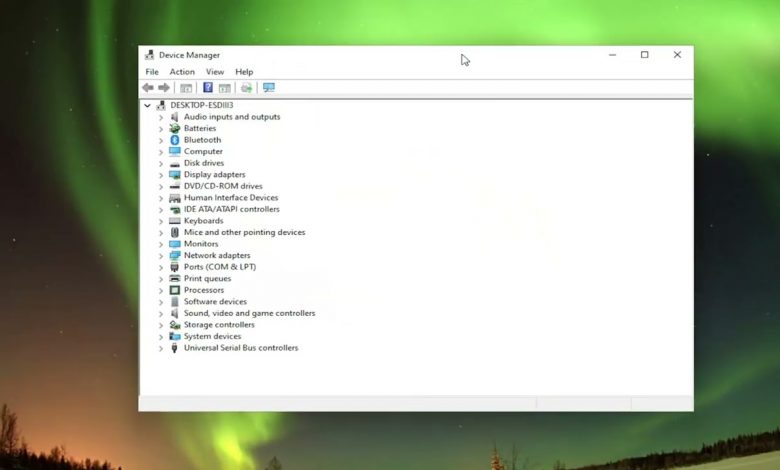How To Fix A USB Mass Storage Device Problem [Tutorial]

How To Fix A USB Mass Storage Device Problem [Tutorial]
The use of USB storage devices is rampant in the form of pen drives, external Hard disks, etc. We connect them to our PC copy files and save them offline nowadays. Some people are facing issues with the USB Mass Storage Device driver. In this guide, we have a few solutions that can help you if the USB Mass Storage Device driver is not showing or working on your Windows 11/10 PC.
If you see the USB Mass Storage Device has a yellow mark next to it in Device Manager, it means the driver is not correctly installed. And it could cause the USB device not recognized by PC.
Issues addressed in this tutorial:
USB mass storage device problem
USB mass storage device problem windows 11
USB mass storage device error code 38
USB mass storage device error code 10
USB mass storage device error code 32 windows 11
USB mass storage device error windows 10
USB mass storage device error 38
USB mass storage device error code 47
USB mass storage device error 10
USB mass storage device driver problem windows 11
problem ejecting USB mass storage device fix
We use USB drives to transfer files all the time, but sometimes issues with USB storage can occur. Many users reported USB Mass Storage has a driver problem error, and this can prevent you from transferring files.
Fixing this problem is relatively simple, and in today’s tutorial, we’re going to show you the best methods that you can use to get your USB storage device working again.
USB devices are, generally, plug & play. There are exceptions of course e.g. printers may still need additional drivers and/or software to be installed but USB mass storage devices do not have this problem.
You can connect a USB disk or hard drive to any USB port on your computer, and you will hear the new hardware chime on Windows 10. Drivers for it will be installed almost immediately and the device will be accessible in File Explorer.
This tutorial will apply for computers, laptops, desktops, and tablets running the Windows 10 and Windows 11 operating systems (Home, Professional, Enterprise, Education) from all supported hardware manufactures, like Dell, HP, Acer, Asus, Toshiba, Lenovo, Alienware, Razer, MSI, Huawei , Microsoft Surface, and Samsung.
